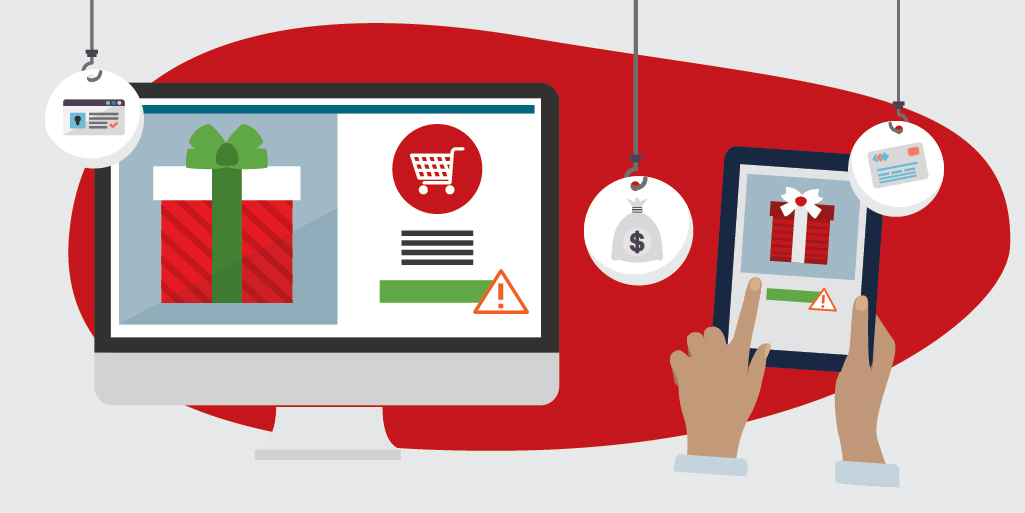
We are spending money almost daily. There are so many methods of payment for our purchases. You may be using a variety of resources. Sometimes your choice is due to convenience or location. In person acquisitions will usually result in cash, credit or debit remittance. Online or recuring purchases might have automated systems like direct connections to bank accounts and card systems. But what procedure is most secure?
First, before making any online purchases, make sure you are using a secure connection (not public Wi-Fi) and a trusted vendor. Credit cards are the usual option here. Online purchases will have security features and encryption to protect your personal information. Credit cards offer a protection from fraudulent activity as well. The Fair Credit Billing Act (FCBA) provides the consumer with a $50 liability cap for fraudulent charges.
It is not recommended to store your payment credentials online. Rather, when revisiting your chosen vendor, enter the payment information each time. There are some security steps you can take if you choose to store this information but best practices will tell you that it is not the best option.
Are you using an automated method of payment for household bills? If you are, you might consider a separate credit card or bank account that does not have ties to your regular accounts. This will reduce the amount of loss that could occur in a data theft. You may also want to utilize an Automated Clearing House (ACH) or third party apps that use ACH like PayPal, Venmo, etc.
In-person shopping requires some vigulance on the consumer as well. Most credit cards now use the more secure EMV chip method rather than the magnetic strip. The EMV technology is considered more secure because the chip is tamper proof and can not be cloned by a cyber crook. When using self check outs, ATMs and fuel pumps inspect the card reading device. Credit card skimmers can be installed by miscreants in an attempt to skim the card information. Look carefully at the card reader. Does it look like it is an overlay of the existing device? Is it sturdy? Does it have an intact security seal? Cover the keypad as you enter in a PIN.
Near-field communication (NFC) allows payment to be made by tapping the payment device. This may be a credit/debit card or through a service such as Apple or Google Pay. This is a form of wireless communication and is subject to attacks. It is harder to intercept due to the close proximity required for it to work. The potential for theft does exist, but it is unlikely. The crook would not only need to be close to the victim but also have special tools to carry out the plot. Using phone payments (Apple or Google Play) have another level of security in the form of a PIN, biometrics or other token. Using a smart watch to make a payment is not considered secure due to the lack of strong authentication methods.
Well there’s always cash, right? Sure, if it’s not stolen or lost, the clerk gives you correct change, or it is not fraudulent. Cash offers no protection from these losses. Some other disadvantages of paying with cash are the lack of credit building, missing out on card rewards and special offers, and the inability to purchase online.
No method is infallible. You can protect your money by understanding how these payment transfers work and taking the responsibility to ensure you are taking appropriate steps.
Resources:
Lost or Stolen Credit, ATM, Credit Cards
